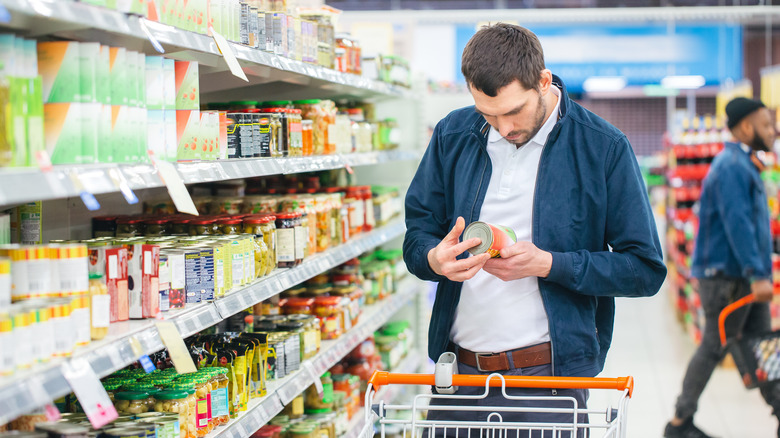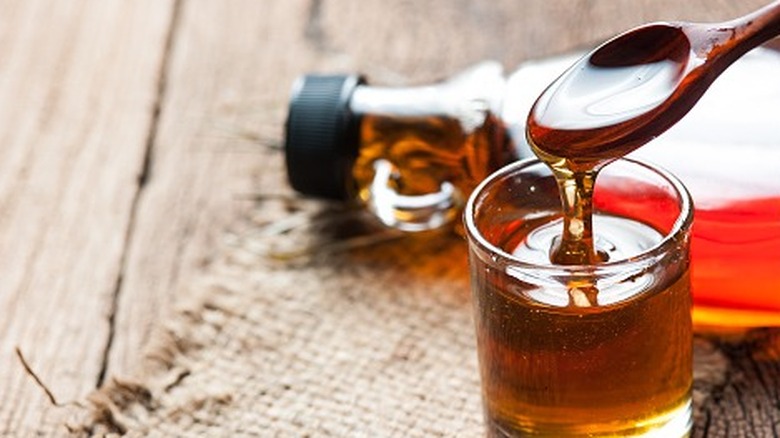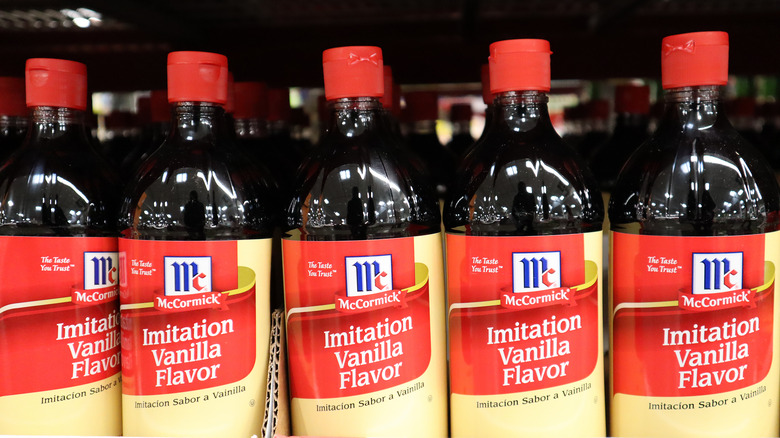What Is A Flavor House And How Do They Make Food Taste Great?
The words "flavor house" conjure images of a buzzy café dishing out international cuisine bursting with aromatic spices, sizzling seafood, and flavorful sauces and dips. Exotic music drifts through the room, and conversation flows from table to table — but in reality, a flavor house is nothing even close to that. A flavor house is a food-industry term that, at first glance, seems clinical and calculated, like a science lab but with edible specimens.
In many ways, that's exactly what it is — a place where "flavor chemists" determine how to enhance the taste of packaged food products before they go to market. But don't worry, lab-created food isn't quietly taking over grocery stores and infiltrating our kitchens. Flavor houses have been around for decades, ever since processed and preserved foods became commonplace in Western dining. In fact, they impact the foods we consume on a daily basis and there's a good chance you've already eaten the fruit of their scientific labors.
Natural and synthetic flavor creation
In the simplest terms, flavor houses are commercial food laboratories in which flavor scientists, or "flavorists," create a specific flavor to improve or define the taste of a food product. Heavily processed foods, which vastly populate the Western food supply, can lose flavor as they're baked, fried, and frozen, according to Kim Juelg, a senior flavorist and organoleptic scientist at Givaudan, the world's largest flavor house, who explained the process to Dr. Sanjay Gupta at CNN.
A primary example of how flavor scientists influence the taste of food comes in the small print on a product label, one that says something like "contains natural and artificial flavoring." Those flavors can come from natural sources or synthetic ones, and the goal is either replicating an existing flavor or creating an entirely new one. Sometimes, flavor houses also step in to meet a sourcing need, such as when a natural ingredient is in short supply or is prohibitively expensive for general consumers.
For example imitation vanilla or "maple flavored" syrup can be substituted when vanilla beans or maple tree sap is hard to obtain. Flavorings can also help improve the taste of low-fat foods. The Senopsys corporation, in describing flavor creations, defines flavor as referring to "all tastes, aromas, mouthfeels, and textures of a product." A professional formulator blends chemicals, natural extracts, and reaction products to create the desired effect.
How widespread is the practice?
Flavor houses deal in proprietary trade secrets across the food industry, even though only about 1,000 flavorists exist worldwide, dealing with thousands of aroma compounds for blending and flavoring your food. Professionals in the field typically start as chemists or food scientists, then follow a seven-year path of apprenticeship and testing to receive accreditation. If the idea of this food intervention keeps you up at night, rest assured.
Even though a single flavor typically contains 25 to 30 compounds, the flavoring in a product usually doesn't exceed 1% of its total volume. And the FDA evaluates food seasonings to determine whether to classify them as GRAS, meaning "Generally Regarded as Safe." The agency points out that every consumable item, whether fresh from Mother Nature or combined with other ingredients, contains chemical compounds influencing how they taste, look, and feel, as well as what kind of nutrition they provide to human bodies. Flavor houses just add more to the equation.


